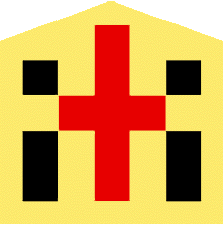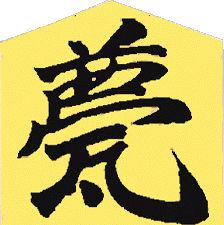
|
Far infrared type for home use Coffee Bean Roaster
『New proposal』
(This is a draft. It may be changed in various ways)
|
The figure below is an overview of the system proposed in this proposal.
The figure shows that the system consists of a heater, a roasting container
(parching pan), a drive box, and a pair of annular support pipes that hold
the box above the roasting container.
|
 |
 |
| Click pictures for enlargement |
|
Electricity is used as heat source becauseit is more reprocucible than gas in heating.
Place the parching pan with beans and stirrer in it on top of the heater.
Set two annular support pipes in the grooves carved in the heater, and
place the assembly.
The drive box contains a motor, a temperature sensor, and circuits for
short-range communication such as Wi-Fi or Blue Tooth. The power required
for the circuit is supplied from the electric heater through the electric
wires in the annular support pipe.
The driving box is located at directly above the parching pan and not too
far away from the opening of parching pan. You may worry about break down
of the electronic circuit in the driving box due to high temperature. There
is no need to worry about. The more radiation of far infraread radiation,
the lower heating temperature is good enough to roast beans. I measured
the temperature at the place of driving box. With my experience, the max
temperature was about 100℃ and most of the case was 70 or 80℃. In the case
of parching pan which has protrusions on the internal wall, temperature
will be much lower due to increase of far infrared ray, so that max. temp
may be far lower than 100℃.
|
 |
The figure on the left is one annular support pipe. The pipe has two electrical
contacts, each on the top and two on the bottom, for four electrical contacts.
A wire runs inside the pipe between the upper and lower contacts. The metal
with convex surfaces is attached to both ends of the wire. The next figure
is shown in the next page. |
Since the heater and the drive unit also have contacts with the same convex surface, when the annular support pipe gets stick in the groove, the metals with the two convex surfaces come to contact with each other. Therefore, electrical contacts are made between both the pipe and the drive box at upper part as well as the pipe and heater at lower part. A total of two lead wires run through annular support pipes, between the upper and lower contact, one on the left and one on the right, thus supplying the power required for the motor etc. from the heater to the drive box.
|
 |
One more annular support pipe also has contacts and leads in the pipe,
which is provided to convey the temperature control instructions received
from the application to the heater in the future.
The drive box is held slightly above the opening of the parching pan. Therefore, you can see the inside of the parching pan through the opening, and you can check the color and luster of the beans during roasting. This is very helpful in judgment of the timing to end roasting.
Furthermore, since the mouth of the parching pan is not blocked, the smoke
generated inside the container will come out of the pan. Smoke obstructs
visibility and, at the same time, gives the beans a burning odor, so it
is not good to keep the container filled with smoke.
It also keeps the motors and electronic circuits inside the drive box away from the heat source, which effectively reduces the heat load on electronic devices.
The figure below shows the inside of the drive box electrically.
|
| Starting/stopping the motor, switching the stirring speed, reading the
temperature from the thermometer, etc. are performed by instructions from
a portable electronic terminal (small PC, tablet, smartphone) via a short-range
communication circuit, |
 |
At the same time, the temperature data is read and sent to the electronic
terminal.
The heating control signal indicated by the dotted line is the signal when
the heating temperature is controlled by software in the future.
A dedicated application will be installed in your portable electronic terminal.
The signal for the bean temperature change is regularly sent to the mobile
electronic terminal from the drive unit. The application digitally records
and saves the temperature, and roasting elapsed time but simultaneously
displays the temperature change (temperature profile) as a graph on the
screen of the mobile electronic terminal. If necessary, you can specify
the past roasting records in the history archives in advance. Then the
graph of the selected record is displayed on the terminal. The ongoing
temperature change is overlaid on top of this graph. Therefore, you will
be able to proceed with roasting while comparing it with the past roasting
history. Details of the application will be described later.
Using the application, you can switch the stirring blade motor on / off
and the stirring speed by operating the buttons displayed on the screen
of the mobile terminal.
Since it is a button operation displayed on the terminal, it can be used
at a place away from the high-temperature roaster so that it has the advantage
of avoiding the risk of burns. The operation buttons are also closer and
larger than the actual switches, making them easier to operate.
|
|
|
|






